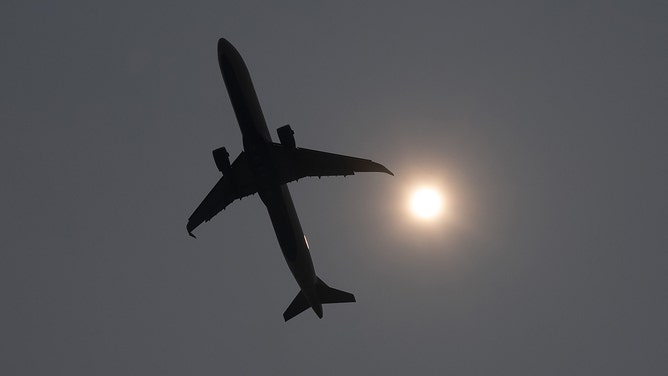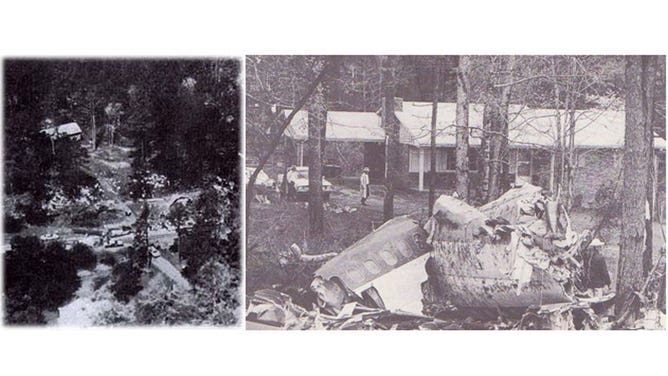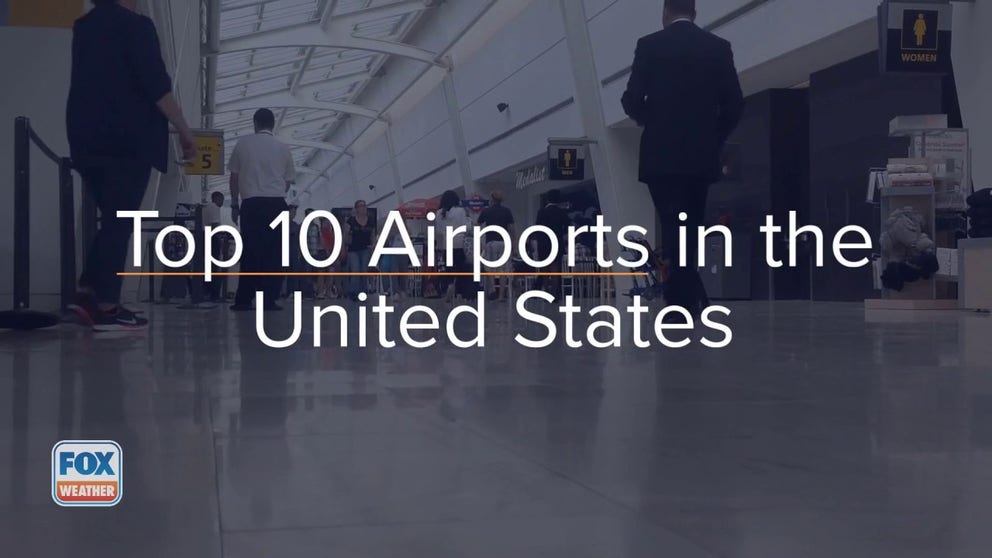FAA, NWS to continue 'long-standing' partnership despite reports to contrary
The offices at the center of the report were the Center Weather Service Units (CWSUs) that operate at the 21 Air Route Traffic Control Centers (ARTCCs) across the U.S.
What are the top 10 airports in the US?
Travel and Leisure Magazine asked their readers to score airports around the U.S. Here are the favorites.
WASHINGTON – Officials at both the Federal Aviation Administration and the National Weather Service said Wednesday that their collaboration aimed at specific forecasting for air traffic routes will continue despite reports to the contrary that circulated last week.
The offices at the center of the reports were the Center Weather Service Units (CWSUs) that operate at the 21 Air Route Traffic Control Centers (ARTCCs) across the U.S.
"The NWS and FAA have reached an agreement on funding to keep the CWSUs and the NAM unit in their respective centers," National Weather Service Employees Organization (NWSEO) President JoAnn Becker said in a letter to NWSEO members Wednesday night. "The FAA also agreed to rescind its termination letter. To that end, the current interagency agreement remains in place for the rest of (fiscal year) ‘25 and a new agreement will be negotiated as planned for (fiscal year) ’26 and beyond."
The ARTCCs are responsible for directing commercial traffic across the U.S., primarily above 18,000 feet, where thousands of flights operate daily.
The role of the CWSUs is to produce "specialized tailored forecasts and advisories of thunderstorms, turbulence, icing, and precipitation affecting the National Airspace System", according to the unit's website.
"The Federal Aviation Administration and the National Weather Service will continue our long-standing partnership to provide weather services to ensure the safety of the National Airspace System," the agencies said in a joint statement sent to FOX Weather on Wednesday.
EARLY PREVIEW: THANKSGIVING AND HOLIDAY TRAVEL TRENDS IN 2024

A Delta Airbus A321 airplane takes off into a smoke haze from Ronald Reagan Washington National Airport in Arlington, Virginia, June 8, 2023, as smoke from wildfires in Canada blankets the area.
(SAUL LOEB / AFP / Getty Images)
Partnership rooted in disaster
The catalyst of the CWSUs was Southern Airways Flight 242, which crashed April 4, 1977, en route to Atlanta. Of the 85 people on board, 62 of them were killed.
The airplane flew through a severe storm that contained hail and caused the engines to lose power.
The National Transportation Safety Board noted that the flight crew was unable to establish the severity of the storm before entering and reverse course due to the limitations in onboard weather radar at the time.
FLYING FOR THANKSGIVING? HERE ARE TRAVEL TIPS FROM AN AIRLINE PILOT

Wreckage of Southern Airways Flight 242.
(FAA)
